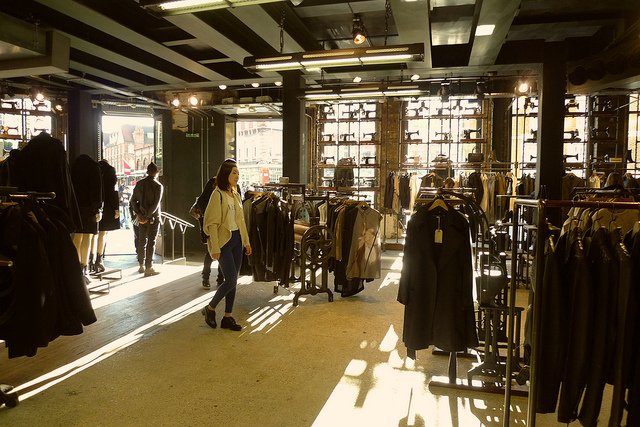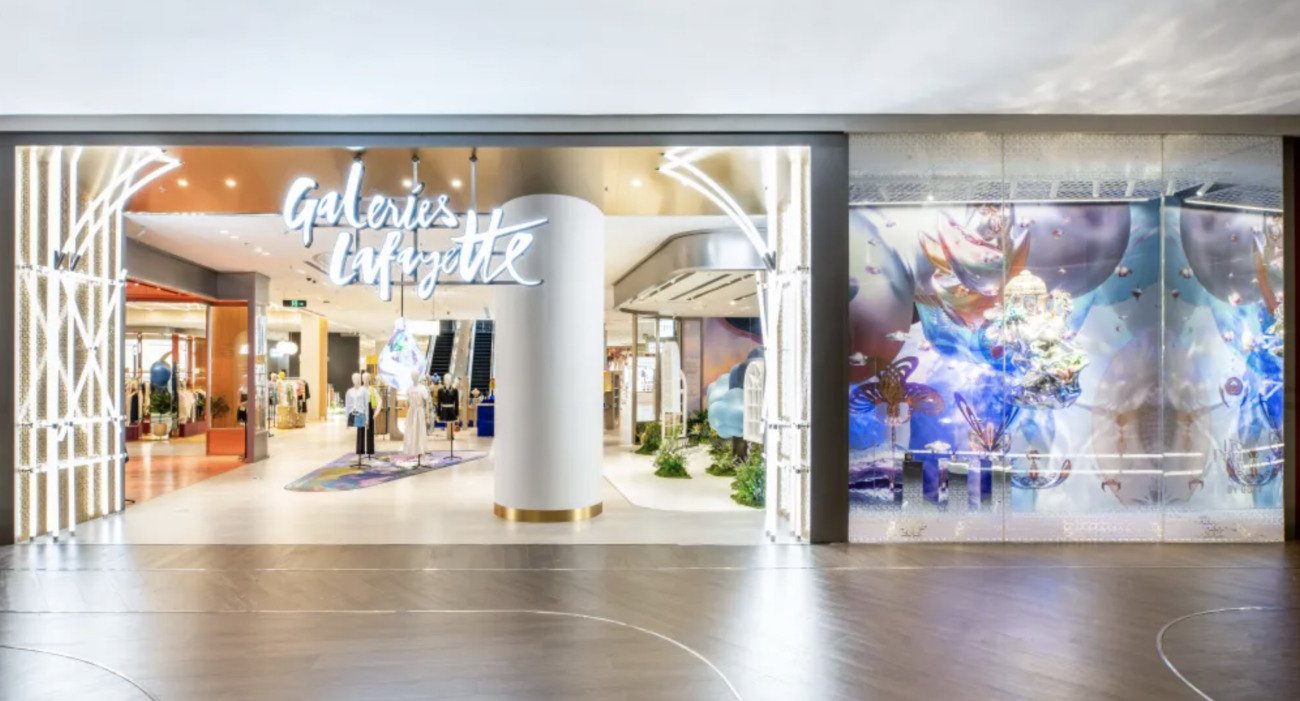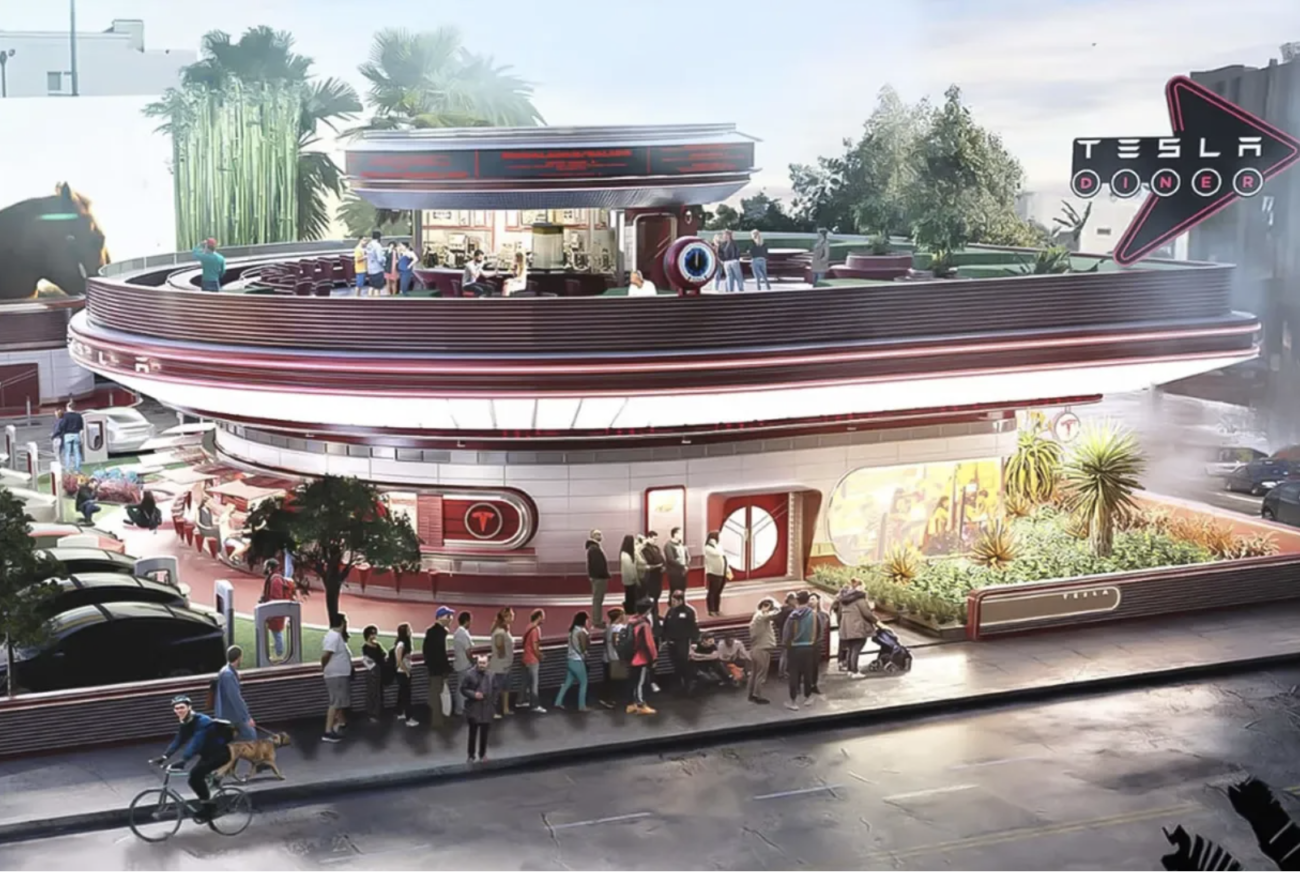How Customers Are Shopping Online And In-store
People have been shopping in-store since the beginning of civilisation – and online since the mid-1990s. With two decades of e-commerce under our belts, 2016 is a good time to look at how people are shopping

People have been shopping in-store since the beginning of civilisation – and online since the mid-1990s. With two decades of e-commerce under our belts, 2016 is a good time to look at how people are shopping online and in-store. Shopping patterns have shifted since the last financial recession, which ended in 2009. It taught people to be more mindful of their money.
Today, the majority of shoppers put far more consideration into purchases. A 2013 Nielsen study reports that while people have shopped less in stores in the past few years, they are actually starting to spend more while in-store. The less frequent trips mean that retailers have fewer chances to interact with them in person. This is why it is more important than ever to bring the store to the consumer through channels like e-commerce sites, email, and social media.
Successfully Serving Digitally Savvy Shoppers
Today’s shoppers are more digitally savvy than ever. According to a 2014 Cisco study, 80% of shoppers shop through digital means. Through the Internet, shoppers are able to educate themselves about everything from material sourcing and brand heritage to product reviews and pricing. This means that retailers must work harder than ever to meet their customers’ demands. Digital has a huge impact on shoppers’ modern day path to purchase. A recent Nielsen study reports: “App usage in 2013 grew 115%, and tablet usage increased 141% since 2010, both of which highlight the impact digital is having on consumer behavior.” The study also found that half of U.S. shoppers still utilize print at least once per week to research product information. This is a reminder that retailers must utilize various mediums in order to reach their customers in creative and effective ways.
Although online shopping can bring increased product selection and convenience to today’s consumers, there are many reasons that people choose to shop in-store. According to a new PwC study, nearly 40% of consumers make a purchase in-store at least once per week. Of these shoppers, 65% report that they shop in-store to avoid delivery fees, 60% shop in-store in order to receive a product immediately, and 61% choose to shop in-store because they want to see the items in person. There can be many other reasons to shop in-store, including shopping locally, attending in-store events, and receiving personal consultations and information.
Shoppers of All Ages Shop In-Store
A 2014 study by A.T. Kearney revealed that of 2,500 shoppers — from a cross section of demographic groups, including teens, Millennials, Generation X, Baby Boomers and senior citizens — 90% preferred to shop in brick-and-mortar shops, mainly because “they love going out, shopping with people and touching stuff.” Lee Peterson, executive vice president of creative services for WD Partners, states, “Shopping in the stores is much more emotional — you’re with your friends, you’re listening to music; it’s much more human.” From a retailer’s standpoint, Ethan Song, Frank & Oak’s founder, says, “A lot of people see Internet as next-generation and brick-and-mortar as being traditional. The way we see it is as a physical space that we can leverage to communicate our brand value.” There is no doubt that in-store shopping can offer a multisensory experience that e-commerce cannot come close to.
What Brings Shoppers Through the Doors
To avoid the downfall of brick-and-mortar shopping, many retailers are incentivizing online shoppers to come in-store. A 2014 study by United Parcel Service and comScore revealed that one third of shoppers prefer to have online orders delivered somewhere other than their homes, and of those shoppers, 26% prefer to pick up in-store. Further, with motivators such as free in-store pickup, 45% of shoppers also made another purchase while in-store.
This is another example of how omnichannel marketing can drive in-store purchases. With each customer visit to a brick-and-mortar store, the chance of a sale increases. AsTechCrunch recently stated, “Online and mobile channels are now being recognized as an enhancement to brick-and-mortar stores, not a detractor.” With an attitude like this, the future of retail can make people on both sides of the counter or keyboard happy. AseMarketer relates, “Retailers often lag behind consumers when it comes to blending the offline and online shopping experiences, but they are working to catch up.”
What Customers Expect from Retailers
In order to be successful online and offline, it is important for retailers to cater to today’s consumers. These three key takeaways will help retailers give their customers what they want:
- As they are more educated about their purchases, consumers expect retailers to offer quality products and exceptional service.
- While online will continue to grow, store purchase won’t stop, retailers should create superb online and brick-and-mortar shopping destinations that match in tone, aesthetics and brand promises.
- Consumers have specific reasons for shopping online and in-store, so retailers should find out how to provide what their customers want from each channel, catering their merchandise selection and customer services to meet those needs.
In an increasingly automated world, customers like to feel special. So from online marketing to in-store events, retailers should find ways to provide personalized shopping experiences to their customers in order to cater to customers young and old.
The Future of Shopping
It is evident that in 2016, customers shop online and in-store. While it is hard to say exactly what the future of shopping holds, it is clear that within the next few years, we can expect the same trend to continue. Retailers should work on getting to know their customers and how they shop so they can fulfill their customers’ needs. This means that retailers should not only offer the products and services their customers want, but also a presence where there customers are — both online and offline.
Via Macala Wright
 English
English







